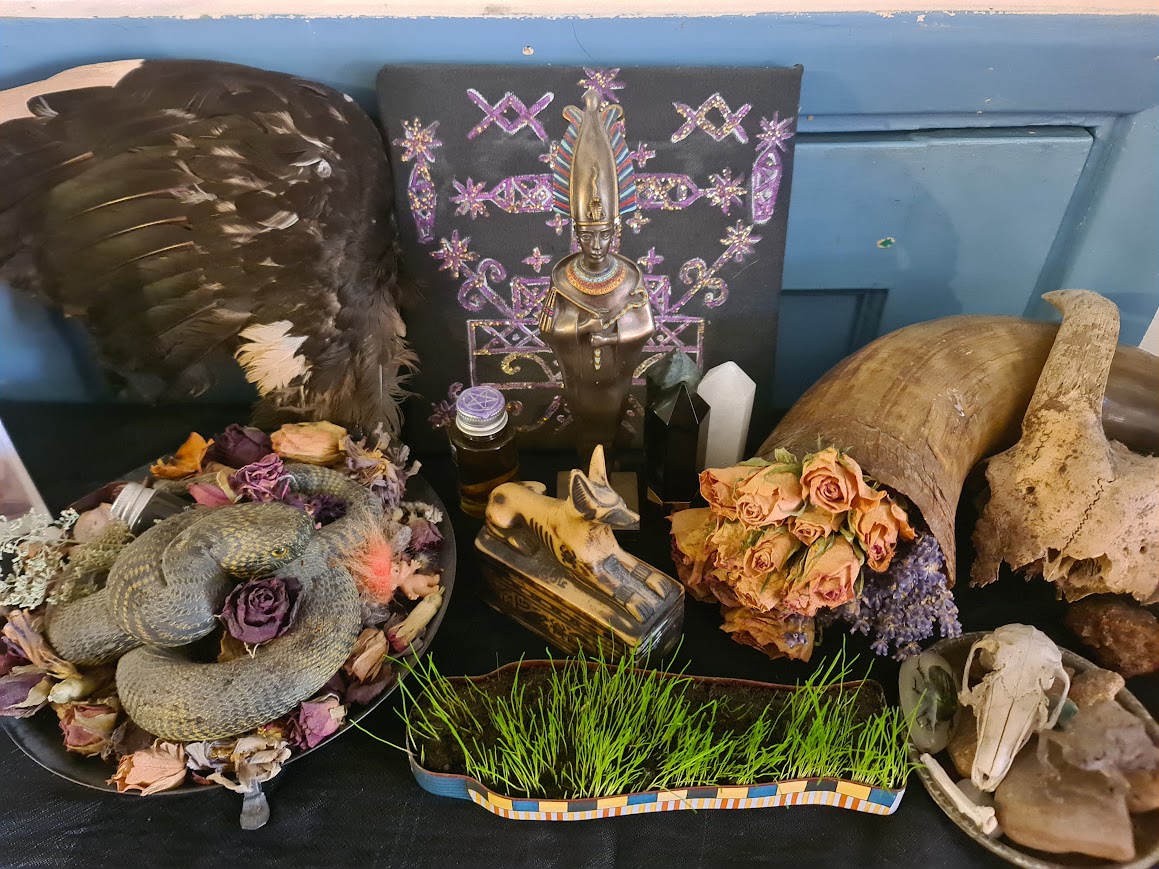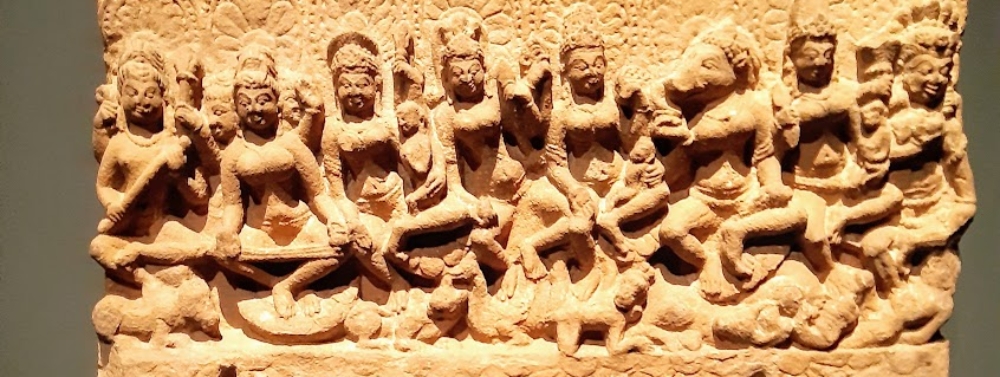 Set’s Deception: The Betrayal of Osiris
Set’s Deception: The Betrayal of Osiris
The ancient Egyptian myth of Osiris offers a profound allegory that intertwines betrayal, sacrifice, and regeneration. According to the historian Plutarch, Set, the brother of Osiris, conspires with seventy-two accomplices to deceive him. Seth(Set) has a chest crafted to fit Osiris perfectly and, during a banquet, offers it as a prize to anyone who can fit inside. Despite many attempts, only Osiris succeeds. The moment he lies down in the chest, Set and his allies seal it shut and cast it into the Nile. The chest drifts across the sea until it reaches Byblos, where a tree grows around it, encasing Osiris’ body within its trunk.
When the king of Byblos has the tree cut down and made into a pillar for his palace, Osiris’ body remains trapped inside. Isis, his wife, eventually discovers this and retrieves him, but Set intervenes again. This time, he dismembers Osiris and scatters his body across Egypt. Isis manages to gather most of the pieces, except the phallus, which had been swallowed by a fish. Using her magic, she recreates the missing part.
A Symbol of Life: The Phallus and the Nile
The phallus, a powerful symbol of life, fertility, and regeneration, mirrors this life-giving force.
The act of Set discarding Osiris’ phallus into the Nile holds a deeper, symbolic meaning. The Nile is the lifeblood of Egypt, sustaining its people and nourishing the land. The phallus, a powerful symbol of life, fertility, and regeneration, mirrors this life-giving force. By throwing the phallus into the Nile, Set ensures that the river’s vitality will never cease, intertwining the power of procreation with the eternal flow of the Nile.
This symbolic connection between the phallus, the river, and the preservation of life underscores the role of both Osiris and Set in maintaining the balance of cosmic forces. Together with Ra, their grandfather, the two brothers form a sacred triad. Osiris’ sacrifice in death, and Set’s exile for his betrayal, are necessary steps to sustain Ra’s strength and the continued flourishing of Egypt.
The Amduat and the Journey of Ra
The myth takes on even greater depth when examined alongside Egyptian funerary texts, such as the *Amduat*, which describes Ra’s nocturnal voyage through the underworld. During this journey, Osiris’ phallus is believed to help recharge Ra’s vitality, ensuring his rebirth at dawn. In this context, the dismemberment of Osiris is not merely a violent act but a sacred sacrifice that preserves the life force of both the gods and the land.
The Coffin as a Vessel of Immortality
Osiris’ first death, by drowning in the chest Set crafted, carries its symbolic weight.
In ancient Egyptian culture, a coffin was not just a final resting place but a vessel for immortality.
This framing offers an additional layer of complexity to the myth, suggesting that Osiris’ initial death was tied to the notion of eternal life. His later dismemberment may have been part of a deeper, spiritual transformation rather than a straightforward murder.
The question then arises: why did Set rely on subterfuge rather than simply killing Osiris outright? Some interpretations suggest that this was more than just a calculated murder—it was an initiation, perhaps even a dark ritual designed to transform Osiris into a figure of regeneration and rebirth.
Solve et Coagula: Destruction for the Sake of Creation
The concept of Solve et Coagula —the idea that dissolution is necessary for creation—perfectly encapsulates the myth of Osiris and Set.
The destruction of both brothers, in different ways, ensures the preservation of balance within the cosmos. Set’s betrayal and Osiris’ sacrifice serve to renew the power of Ra, the Nile, and the land of Egypt itself. Through this cycle of death, dismemberment, and regeneration, the strength of Egypt’s gods and its people is perpetually sustained.
